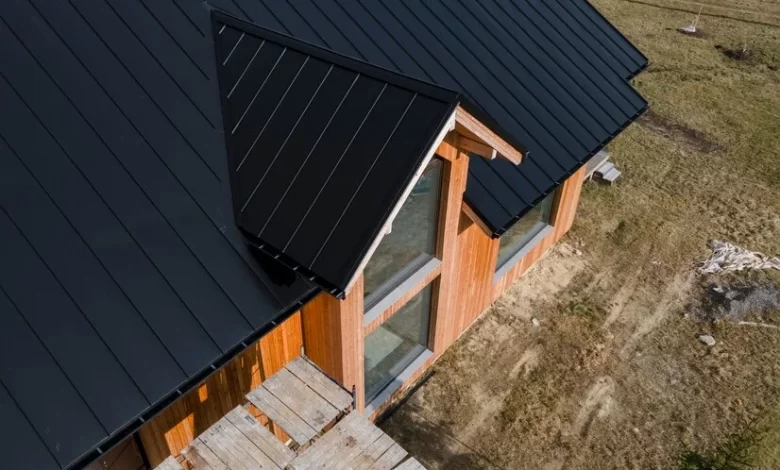Seasonal Maintenance Checklist for Residential Roofs

Taking care of residential roofs throughout the year isn’t just about preventing leaks. It’s about protecting your entire home and investment. Weather changes can be tough on roofing materials, which is why regular maintenance matters so much.
Your roof silently shields you every day from sun, rain, wind, and snow. But without proper attention, small problems can quickly become expensive repairs. Let’s look at what maintenance you should perform during each season to keep your roof in top shape.
Spring Care for Residential Roofs
Spring is the perfect time to assess any damage from winter. As temperatures warm up, you’ll want to check for issues before summer storms arrive.
Start by examining your roof for any missing or damaged shingles that might have been affected by winter weather. Winter’s harsh conditions often loosen or crack roofing materials, making spring inspection crucial for catching these problems early.
Clean out your gutters thoroughly to remove debris that accumulated during fall and winter. Clogged gutters prevent proper drainage and can lead to water backing up under your shingles. This simple task prevents many common roofing problems.
Look for signs of leaks inside your home by checking your attic and ceilings for water stains or dampness. Early detection of leaks helps prevent more serious structural damage and mold growth that could affect your family’s health and comfort.
Professional residential roofing services can provide a thorough spring inspection if you’re not comfortable climbing ladders or if your roof has multiple stories. Experts have the training to spot subtle problems that homeowners might miss.
Summer Maintenance Tasks
Summer brings its own challenges for residential roofs with heat, UV exposure, and sudden storms. These elements can accelerate wear if your roof isn’t properly maintained.
Check for algae or moss growth, especially in shaded areas of your roof. These organisms can damage roofing materials over time and reduce your roof’s lifespan significantly if left untreated.
Trim any overhanging tree branches that could scrape against your roof during summer storms. Not only can branches damage shingles directly, but they also drop leaves and debris that hold moisture against your roof.
Examine attic ventilation to ensure hot air can escape properly. Poor ventilation traps heat in your attic, which can warp roofing materials and increase cooling costs throughout your home during hot summer months.
Fall Preparation
Fall maintenance prepares residential roofs for winter’s challenges. This season’s efforts focus on clearing debris and ensuring everything is secure before cold weather arrives.
Remove all leaves, pine needles, and other debris that collect on your roof surface. These materials trap moisture when wet and can cause significant damage to your roofing materials over the winter months.
Inspect and clean gutters again as falling leaves often create blockages. Proper gutter function becomes especially important before winter to prevent ice dams that can damage both your roof and home interior.
Check flashing around chimneys, vents, and skylights for gaps or damage. These metal pieces seal the joints in your roof system and prevent water from entering at these vulnerable points.
Consider scheduling a professional inspection before winter. Professional residential roofing services can identify potential problems and make repairs while weather conditions still permit proper installation.
Winter Watchfulness
Even during winter, you should monitor your residential roofs’ condition. Winter presents unique challenges that require attention despite difficult weather conditions.
Watch for ice dam formation along your roof edges after snowfall. These ridges of ice prevent melting snow from draining properly and can force water under your shingles.
Look for excessive snow accumulation that might strain your roof structure. Most residential roofs can handle normal snowfall, but unusually heavy accumulation should be carefully removed with a roof rake from ground level.
Monitor your attic temperature and insulation performance during cold months. A properly insulated attic helps maintain even roof temperature and prevents the freeze-thaw cycles that contribute to winter roof damage.
By following this seasonal maintenance approach, you’ll extend your roof’s life substantially. Regular care prevents small issues from becoming major problems and helps avoid emergency repairs.
When in doubt about any roofing issue, consulting with professional residential roofing services ensures proper care for this crucial part of your home. With proper maintenance, your roof will continue protecting your family and belongings for many years to come.
For more simple tips on taking care of your residential roofs, check out homeimprovementgeek today.



